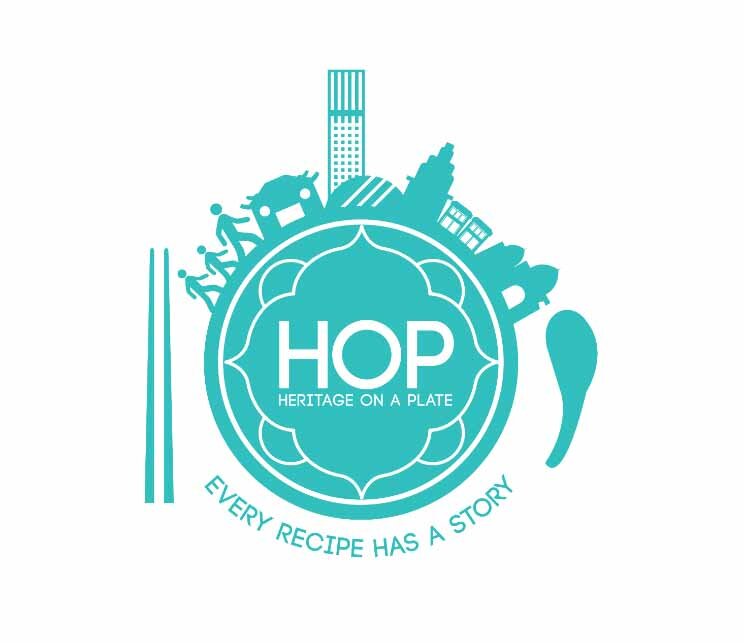Rice is Penang's Lunchtime King
Hello, friends! I'm back with a little insight into daily life here in Penang. Something you might notice on your stay here in Penang is that the chosen staple can seem to ebb and flow depending on the time of the day.
Mmmmmm delicious, delicious history in the form of "nasi campur"
If you're wandering the streets of Little India in the morning, pay attention the food smells. You'll recognise the buttery aroma of roti canai, the toasty, peanuty smell of apoms and the fragrant, herby smell of rice flour being cooked into thosai or idlis.
If you instead find yourself on the streets surrounding Chowrasta Market, or on Carnarvon, the air is thick with the aroma of rich, spicy prawn stock and egg noodles. You can sometimes smell the chili oil and anise that flavours the angry red bowls of Hokkien Noodles in the morning.
But whether you choose some idli and dhal curry for breakfast, or a rich, spicy bowl of Hokkien prawn noodles, lunch will inevitably be dominated by Rice.
In Penang, rice is the star of the matinee show. Here's some "char siew fun" or roasted pork rice.
Explore the streets from Burmah Road to Beach Street and lunch time is an array of nasi kandars, "economy rice" and "nasi campur." Each community has developed their own take on a nutritious, flavorful and affordable rice dish, displayed in a riot of colours and smells.
The Malay community, for example, are represented by lunch shops selling "nasi campur" or mixed rice. It's a buffet-style array of dishes from indigenous, Javanese, Indian, Arab and Indonesian origin that have really become remixed for the modern Malaysian palate. For families with strong ties to Indonesia, it's called "Nasi Padang." A mainstay of both Nasi Campur and Nasi Padang are river fish, such as catfish, cooked with spicy sambal and turmeric.
The Chinese community have developed their own approach with "Economy Rice." It's a name you'll see almost anywhere, especially in the office areas of George Town. Taking a page from the buffet-style presentation, Economy Rice focuses on affordable dishes made from pork, chicken and tofu. Each vendor has their own style, really. Some focus on more sweet and sour flavours that feel quite familiar to Chinese cuisine. Others branch out, exploring exotic spices from styles that draw in the various influences available in this diverse place. It's not uncommon to see Indian-style vegetable curries sitting next to spicy riffs on sweet and sour pork.
There's really so much variety that it's difficult to encapsulate the range of choices in one blog post. These are just some examples out of very, very many including South Indian vegetarian thalis, Thai-fusion fried rice and buffets, different kinds of Chinese porridge, banana leaf rice and so much more.
Rice really takes such an important role in the lunchtime diet of Penangites. This makes sense considering George Town used to be a port city, and most of the migrant communities were brought here as the labour force. Our diet has evolved to accommodate the long days and hot afternoons, serving calorie rich dishes that are nutritious, cheap and plentiful.
This need for energy in the blazing sun translated into a food culture that was built on necessity, but still continues in the air-conditioned offices of Penang's tech startups.
When you grow up somewhere, the food rituals and daily habits always feel completely natural. In fact, there's no reason to suspect people do it differently elsewhere! Little things like when and how we have our staple food, and even at what time, are valuable windows into personal and communal histories of a place.



